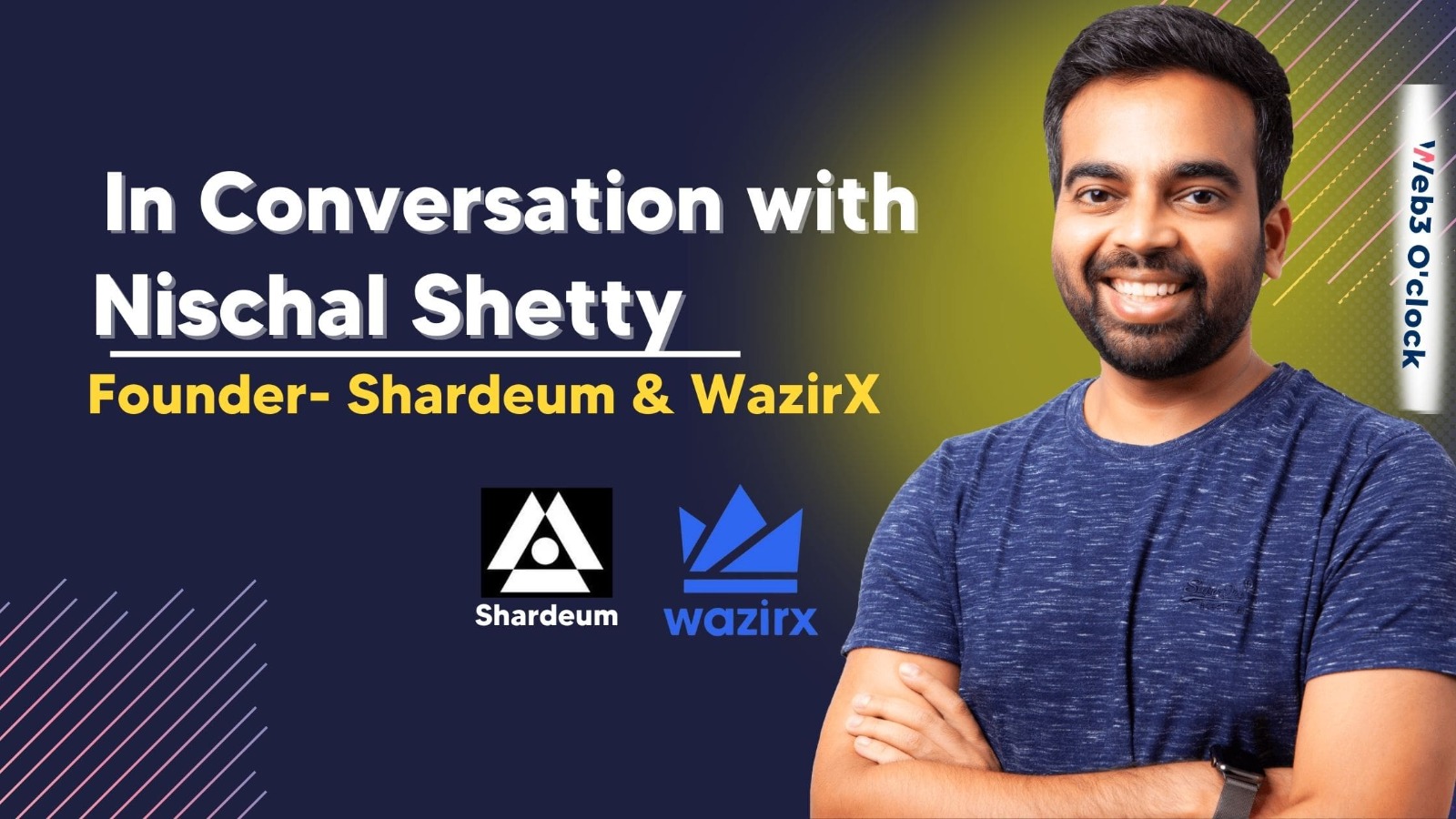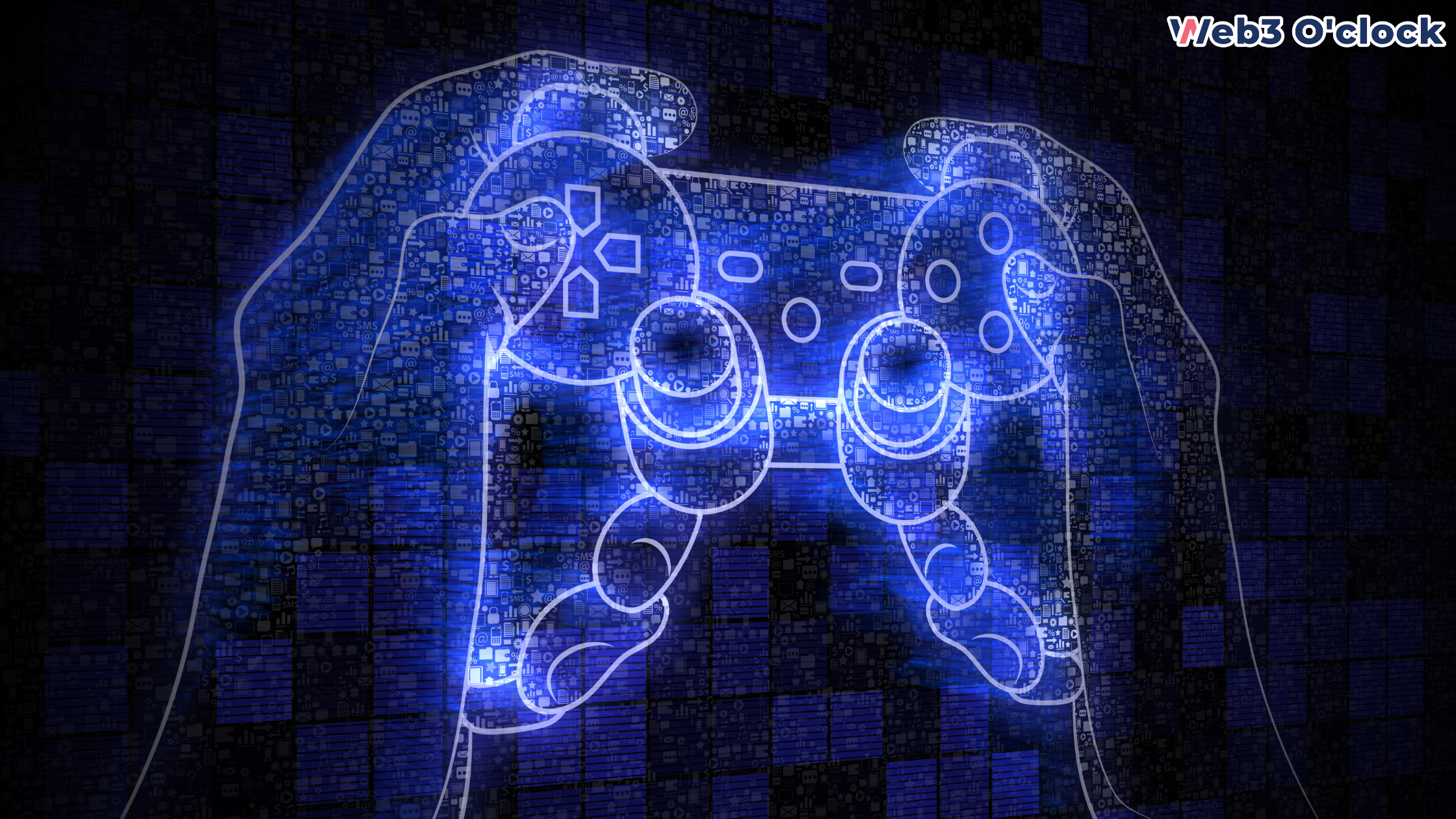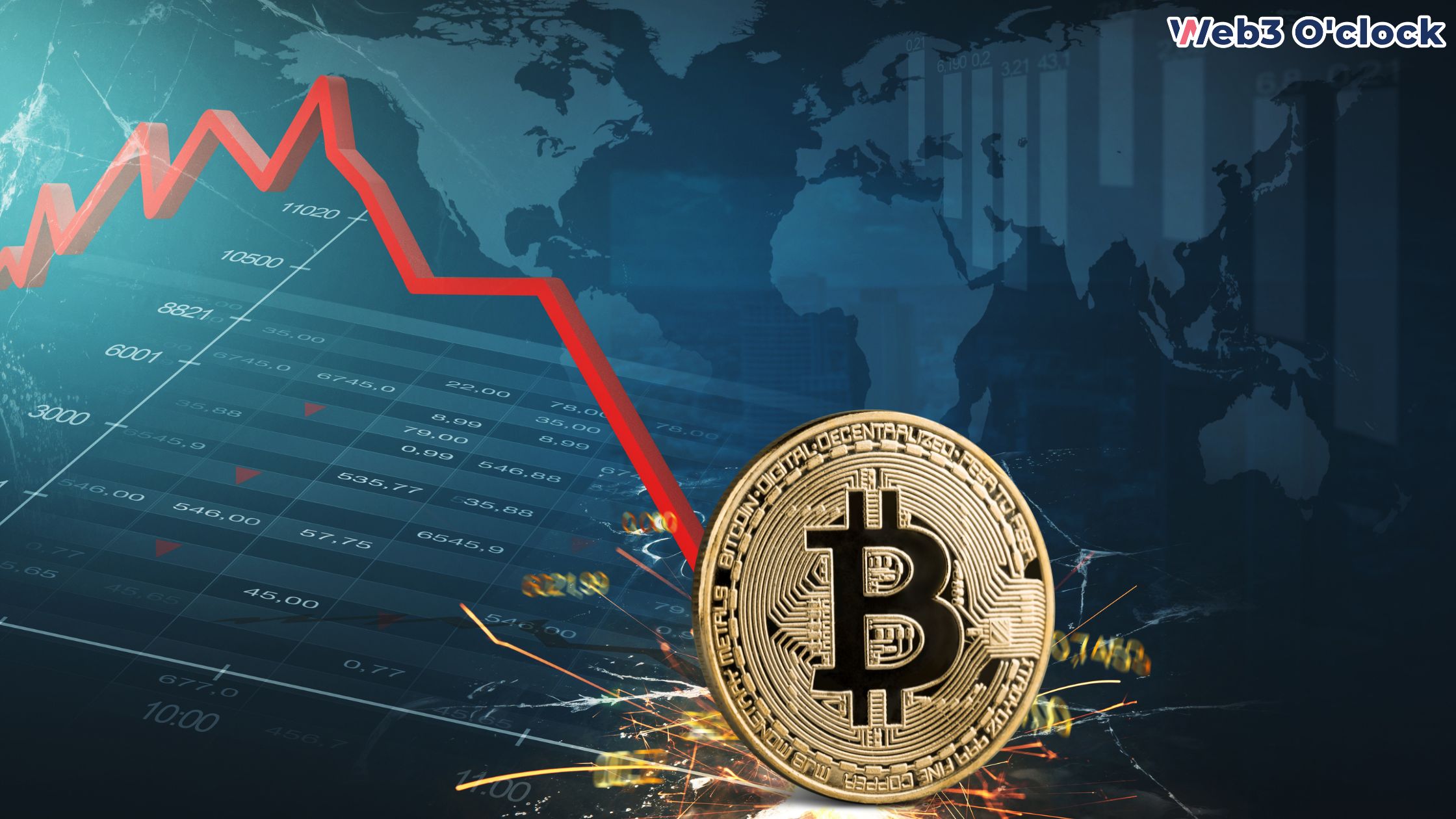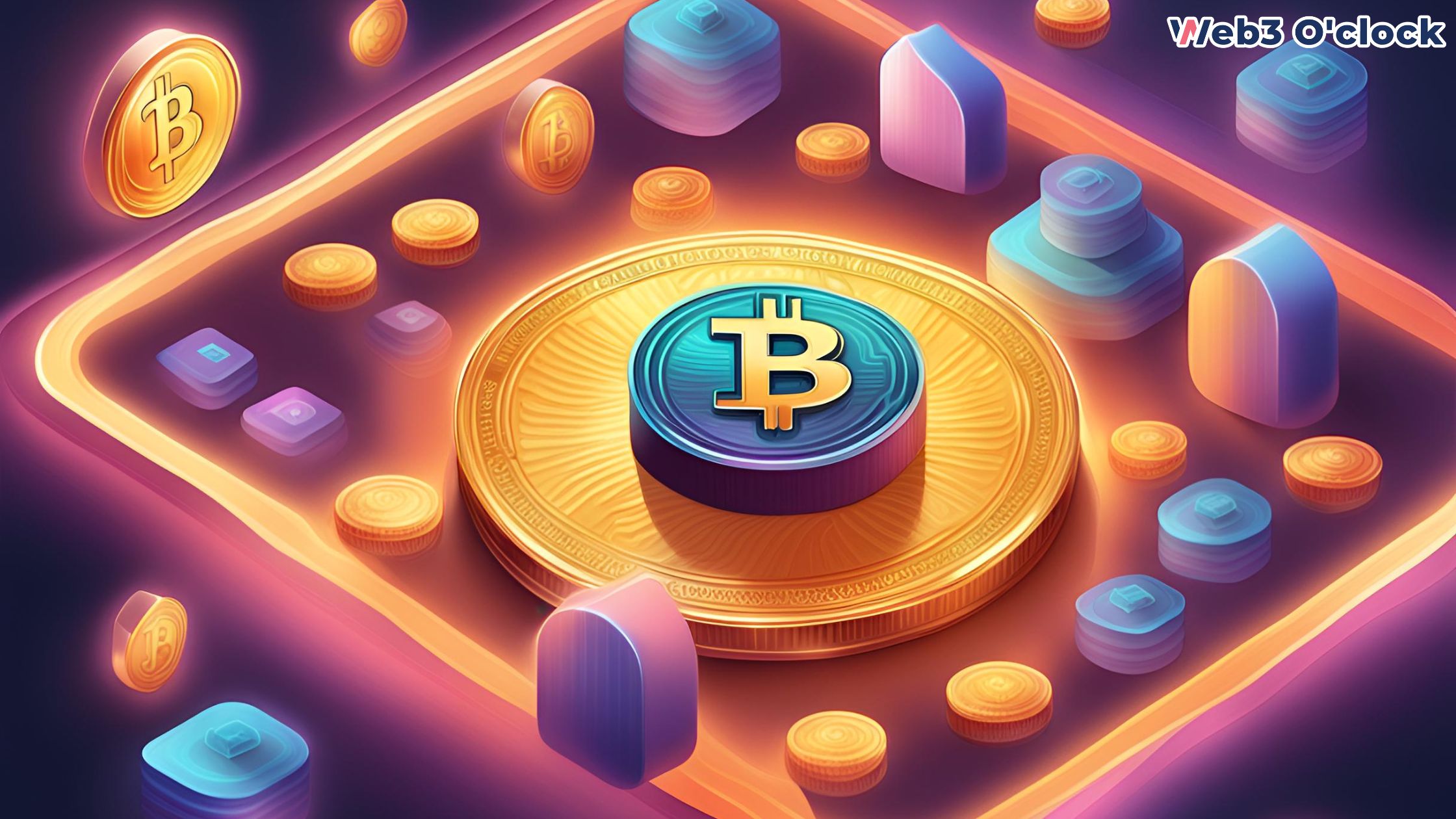Welcome to the world of GameFi, where gaming and decentralized finance combine to create Play-to-Earn. By leveraging Non-Fungible Tokens (NFTs), in-game economies, and decentralized marketplaces, GameFi enables players to earn real-world value while playing games. Examples like Axie Infinity and Decentraland demonstrate the potential of this emerging paradigm. GameFi offers financial inclusion for players and enhanced monetization options for developers. Although challenges and regulatory concerns exist, the future of GameFi looks promising, with exponential growth and integration with technologies like virtual reality on the horizon. Get ready to explore the exciting opportunities that GameFi brings to the gaming industry.
What is GameFi?
GameFi refers to the combination of gaming and decentralized finance (DeFi) principles, resulting in a new paradigm known as Play-to-Earn. But what exactly is Play-to-Earn? Essentially, it is a concept where players can earn real-world value and generate income by participating in games. In GameFi, the lines between gaming and finance are blurred, creating a symbiotic relationship between the two industries.
How does GameFi work?
GameFi operates on the principles of tokenization and decentralization, leveraging blockchain’s transparency, security, and immutability. Players can acquire in-game assets, characters, or virtual currencies as non-fungible tokens (NFTs), which represent unique digital items with verifiable ownership. These NFTs can be freely traded, bought, or sold on decentralized marketplaces, allowing players to monetize their virtual achievements.
Additionally, GameFi introduces various DeFi mechanisms, such as yield farming, staking, and liquidity mining, which enable players to earn interest, rewards, or governance rights by participating in gaming activities or providing liquidity to GameFi platforms. Through this integration of gaming and finance, GameFi aims to incentivize and empower players, while also revolutionizing the gaming industry by offering new ways to engage, compete, and generate value in virtual worlds.
Key Components of GameFi
The key components of GameFi include:
- Blockchain Technology: GameFi relies on blockchain technology to create transparent, secure, and decentralized gaming ecosystems. Blockchain provides a distributed ledger that ensures fairness, immutability, and traceability of in-game assets and transactions.
- Non-Fungible Tokens (NFTs): NFTs play a crucial role in GameFi by representing unique in-game assets, such as characters, items, or land. NFTs are blockchain-based tokens that can be bought, sold, and traded, allowing players to truly own and monetize their digital possessions.
- Play-to-Earn Mechanics: GameFi introduces play-to-earn mechanics, which means that players can earn real-world value by participating in and progressing through the game. This value can come in the form of cryptocurrencies, tokens, or other tradable assets that have a market value outside of the game.
- Decentralized Marketplaces: GameFi platforms often feature decentralized marketplaces where players can trade their in-game assets directly with other players. These marketplaces enable peer-to-peer transactions, eliminating the need for intermediaries and allowing players to monetize their virtual possessions.
- Yield Farming and Staking: GameFi platforms may incorporate DeFi concepts such as yield farming and staking. Players can stake their in-game assets or tokens to earn additional rewards or participate in liquidity pools to generate yield. These mechanisms encourage players to hold and actively engage with the game’s native tokens.
- Governance and Community Participation: GameFi ecosystems often include governance mechanisms that allow players to participate in the decision-making processes of the game. This can include voting on in-game updates, changes, or improvements, giving players a sense of ownership and control over the development of the game.
- Interoperability: GameFi aims to create interoperability between different games and platforms, allowing players to transfer their assets and progress seamlessly between games. This interoperability enhances the value of in-game assets and promotes a broader gaming ecosystem.
- Metaverse Integration: GameFi is closely linked to the concept of the metaverse, a virtual universe where players can interact, play games, and engage in various activities. GameFi platforms often aim to integrate with the metaverse, allowing players to explore and utilize their in-game assets in a larger virtual world.
GameFi Models and Examples
Axie Infinity, one of the most popular GameFi projects, allows players to own and breed virtual creatures called Axies. Players can battle with their Axies and earn tokens, which can be traded for real-world currencies. Another noteworthy example is Decentraland, a virtual reality platform where users can create, buy, and sell virtual assets and experiences.
GameFi Platforms are also emerging to support the GameFi ecosystem. These platforms provide infrastructure, tools, and services for developers to create and deploy GameFi projects. One such platform is Gala Games, which offers a decentralized gaming ecosystem and empowers players to own and monetize their in-game assets.
Benefits and Challenges of GameFi
What benefits does GameFi bring to players? By participating in Play-to-Earn games, players can earn real-world value from their gaming skills and dedication. This creates opportunities for financial inclusion, especially for players in developing countries who can now generate income through gaming.
For developers, GameFi opens up enhanced monetization options, allowing them to create sustainable revenue streams beyond traditional game sales. Additionally, GameFi fosters community engagement and player retention, as players are incentivized to continue playing and contributing to the in-game economy.
However, GameFi is not without its challenges. Regulatory concerns and uncertainties surround the intersection of gaming and finance. Governments and regulatory bodies are grappling with the implications of these new models and seeking to establish frameworks to ensure consumer protection and financial stability. Furthermore, scalability and sustainability issues may arise as GameFi projects gain popularity and face the challenge of accommodating a growing user base.
The Future of GameFi
Experts predict that GameFi will continue to experience exponential growth and evolve further. As emerging technologies like virtual reality become more accessible, GameFi could integrate with these immersive experiences, taking gaming and financial interactions to new heights.
The impact of GameFi on the gaming and financial industries is expected to be substantial. It has the potential to revolutionize the way games are monetized and played, creating a more inclusive and rewarding gaming ecosystem.
Conclusion
In conclusion, GameFi represents the convergence of gaming and decentralized finance, allowing players to earn real-world value from their gaming activities. Through the utilization of NFTs, in-game economies, and decentralized marketplaces, GameFi offers a transformative gaming experience. While facing challenges and regulatory concerns, the future of GameFi looks promising, with its potential to reshape the gaming and financial landscapes. So, it’s time to dive into this exciting world and explore the opportunities that GameFi presents. Game on!
FAQs
How does Play-to-Earn work in GameFi?
Play-to-Earn is a central concept in GameFi where players can earn rewards and income by participating in games. Through achievements, completing tasks, or engaging in game events, players can earn in-game tokens that hold real-world value. These tokens can be traded or utilized within the game ecosystem.
What role do NFTs play in GameFi?
Non-Fungible Tokens (NFTs) are unique digital assets that represent ownership or authenticity of in-game items. In GameFi, NFTs are used to tokenize and trade virtual assets such as characters, weapons, or virtual real estate. NFTs allow players to own and monetize their in-game assets.
How do decentralized marketplaces facilitate GameFi?
Decentralized marketplaces provide a secure and transparent platform for players to buy, sell, and trade their in-game assets. These platforms enable peer-to-peer transactions, allowing players to unlock the value of their virtual possessions and monetize their gaming achievements.
What are the benefits of GameFi for players?
GameFi offers players the opportunity to earn real-world value from their gaming skills and dedication. It provides avenues for financial inclusion, particularly for players in regions with limited economic opportunities. Additionally, GameFi enhances engagement and retention, as players are incentivized to continue playing and contributing to the in-game economy.
How does GameFi benefit developers?
GameFi opens up enhanced monetization options for developers beyond traditional game sales. It allows developers to create sustainable revenue streams through in-game token rewards and player-to-player transactions. GameFi also fosters community engagement, as players become stakeholders in the game’s economy, leading to increased player retention.
What are the challenges of GameFi?
GameFi faces regulatory challenges as the intersection of gaming and finance raises concerns and uncertainties. Governments and regulatory bodies are working to establish frameworks to ensure consumer protection and financial stability within GameFi. Additionally, scalability and sustainability issues may arise as GameFi projects experience growing user bases and the need to accommodate increased demand.
What does the future hold for GameFi?
The future of GameFi looks promising, with continued growth and evolution expected. As emerging technologies such as virtual reality become more accessible, GameFi could integrate with immersive experiences, providing players with even more engaging and rewarding gaming interactions. However, the industry will need to address regulatory challenges and ensure scalability and sustainability to unlock GameFi’s full potential.











